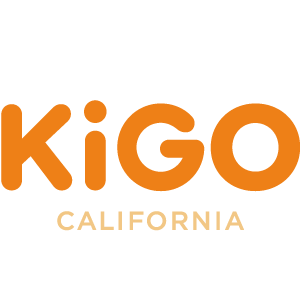- KIGO
- /index/\\think\\app/invokefunction
- %25252Findex%25252F%25255C%25255Cthink%25255C%25255Capp%25252Finvokefunction
- %252Findex%252F%255C%255Cthink%255C%255Capp%252Finvokefunction
- %2Findex%2F%5C%5Cthink%5C%5Capp%2Finvokefunction
- {search_term_string}
- %2525252Findex%2525252F%2525255C%2525255Cthink%2525255C%2525255Capp%2525252Finvokefunction
Choosing the right sunglasses for your child isn’t just about style—it’s about protecting their growing eyes from harmful UV rays. From newborns to tweens, kids of different ages need different frame fits, lens types, and features. In this guide, we’ll walk you through the best kids’ sunglasses by age—from baby sunglasses for 0-month-olds to stylish shades for 10-year-olds and beyond. Whether you’re shopping for glasses for two year olds or wondering what suits a 7-year-old, we’ve got you covered.
🍼 0–2 Years: Baby Sunglasses That Stay On and Stay Safe
For babies and toddlers under 2, comfort and safety are key. At this age, kids spend more time in strollers or carriers and have delicate facial features. Look for “baby sunglasses for 3–6 months” or “sunglasses for 6-month-olds” that are:
– Made from soft, BPA-free materials
– Equipped with adjustable straps or headbands
– Designed with UV400 lenses for full UVA/UVB protection
– Lightweight and flexible to prevent pressure marks
**Popular styles** include wraparound frames that won’t easily fall off. Brands like KiGO California offer great choices for this age group.
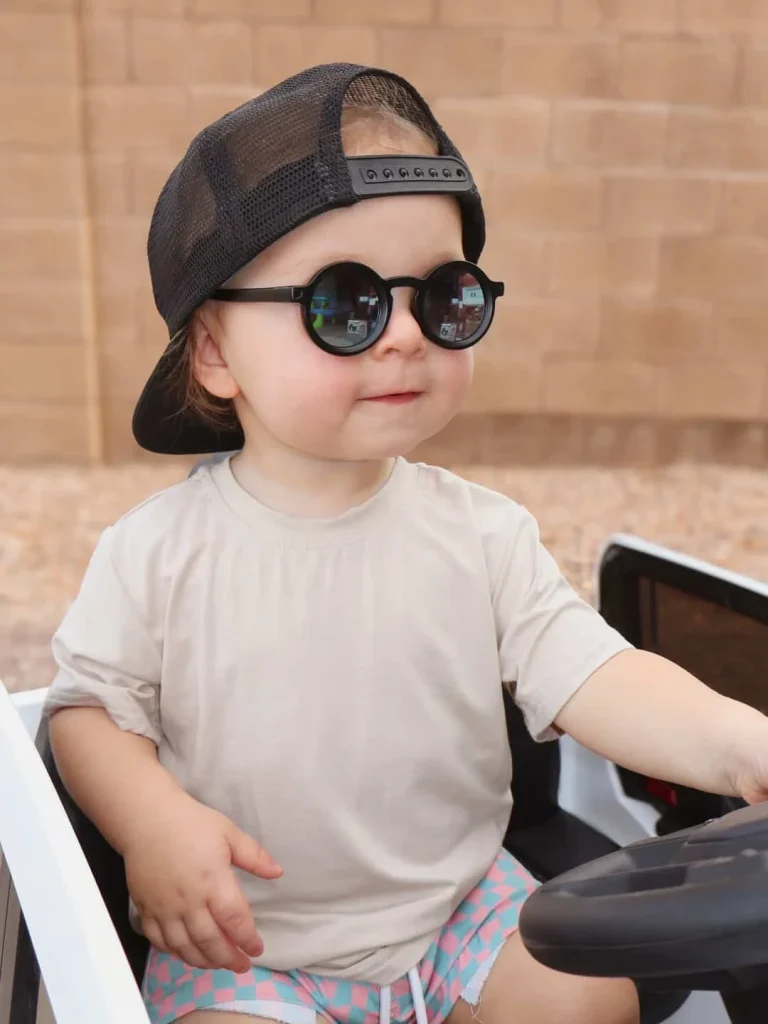
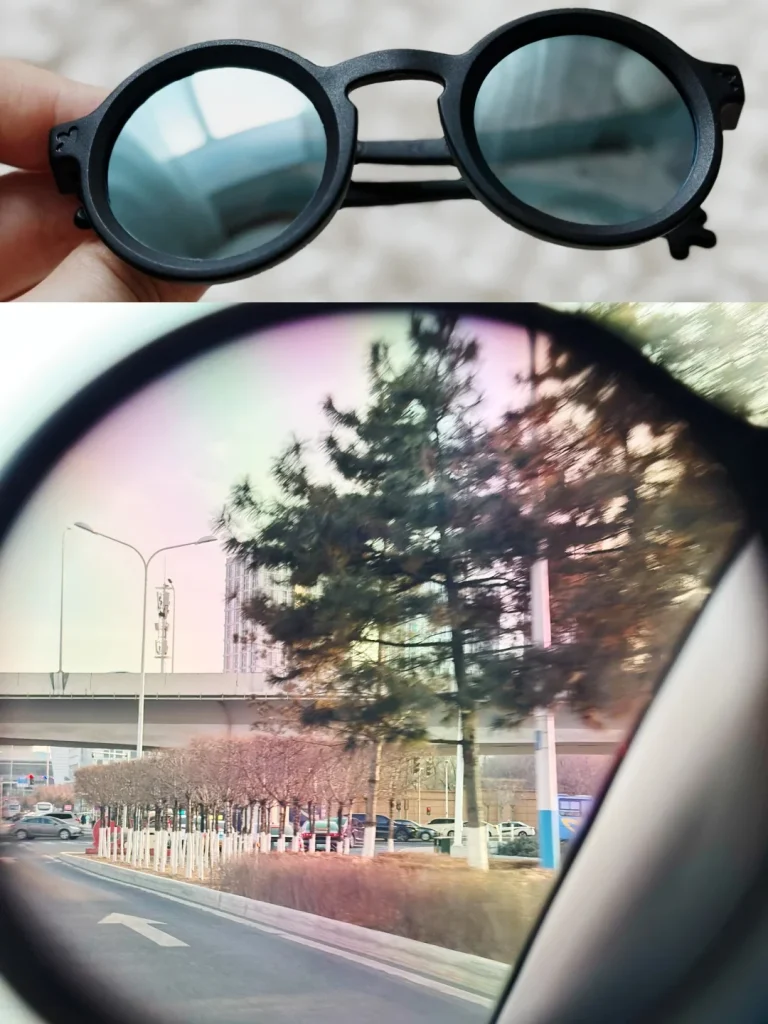
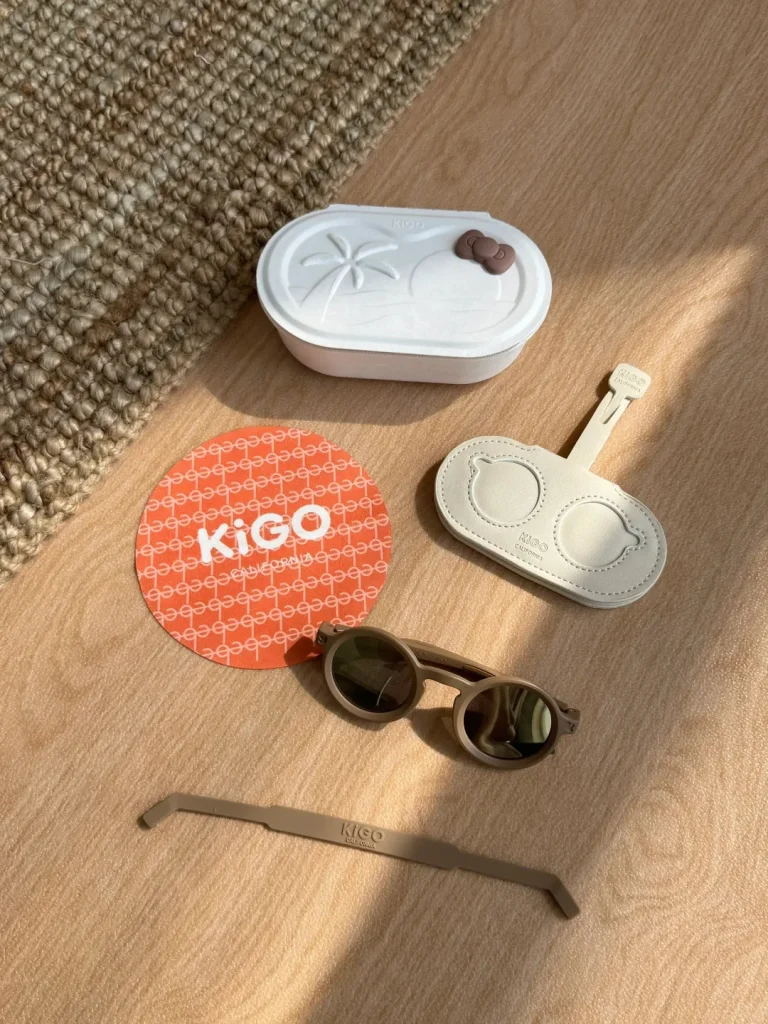
👶 0–3 Years: Sunglasses for Babies and Toddlers on the Move
Children aged 0 to 3 are just beginning to explore the outdoors—and their eyes are especially vulnerable to UV damage. At this stage, choose baby sunglasses that are:
Flexible, lightweight, and chew-safe
Fitted with soft straps or adjustable bands
Made from BPA-free, hypoallergenic materials
Offering 100% UV400 protection
Look for sunglasses for 6-month-old babies or even baby sunglasses 3–6 months, which stay comfortably on tiny heads without slipping or squeezing. At age 2–3, styles with thicker frames and bright colors begin to appeal more to toddlers, while still needing secure fit and softness.

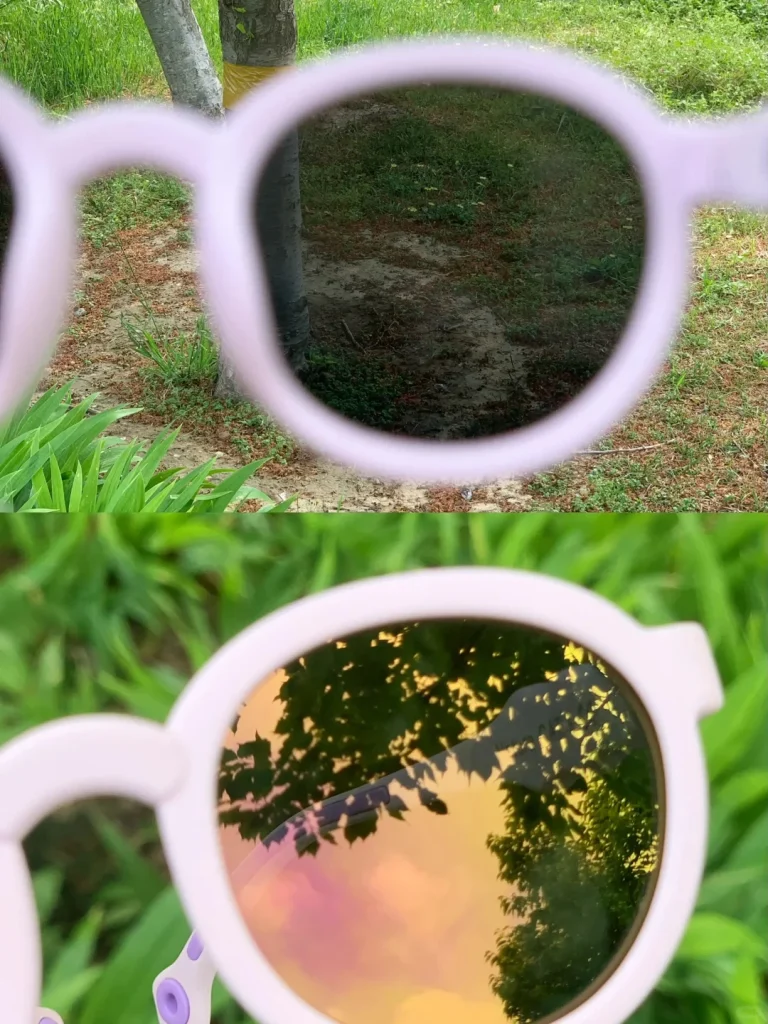
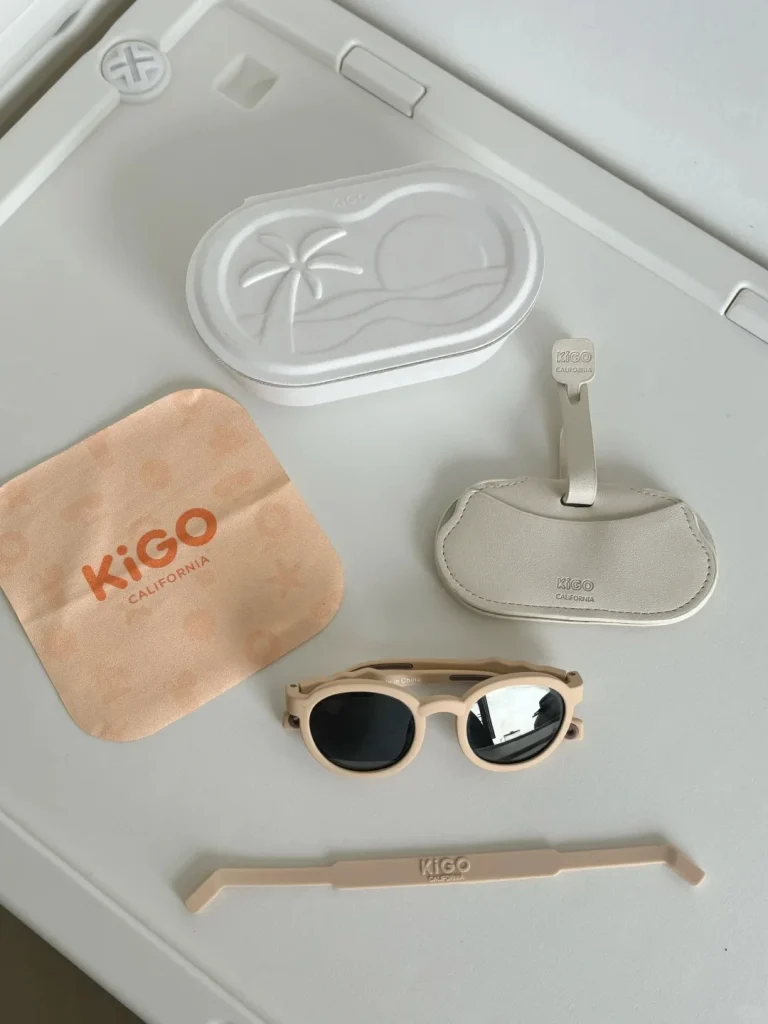
🧸 2–5 Years: The Sweet Spot for Sunglasses Training
From potty training to preschool, 2–5-year-olds are learning habits fast—including wearing sunglasses! This age group benefits from styles that are:
Durable enough for playdates and playground tumbles
Easy to put on and take off independently
Styled with kid-friendly characters or patterns
Still focused on UV400 protection and comfort
Whether you’re shopping for glasses for two year olds or sunnies for your preschooler, make it fun. Children at this age are more likely to keep sunglasses on if they feel “cool” wearing them.
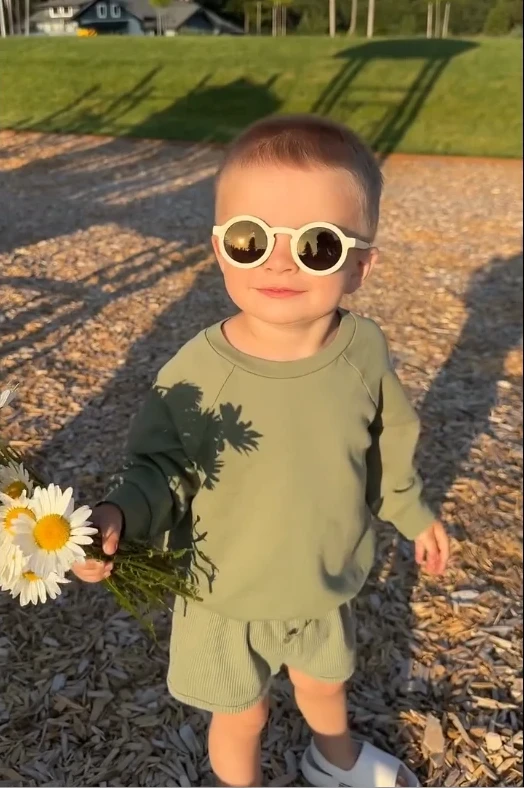
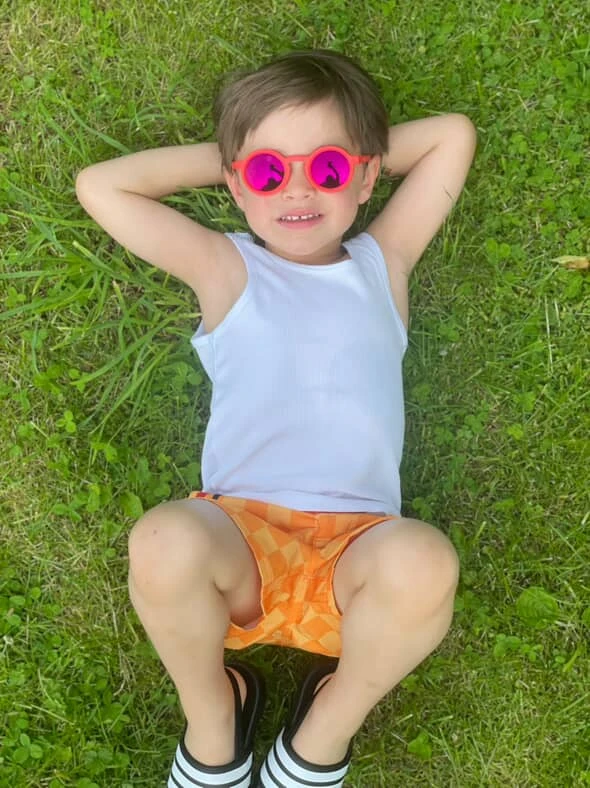
🎨 1–4 Years: Soft, Safe & Ready for Sunshine
The 1–4-year-old age group includes curious toddlers and active preschoolers—meaning their sunglasses need to be tough yet comfortable. At this stage, it’s all about balancing fit, durability, and fun:
Bendable, chew-safe frames for 1–2 year olds
Lightweight designs with rubber temples
100% UV400 protection for growing eyes
Fun colors or character themes to encourage daily wear
Whether you’re shopping for sunglasses for toddlers or glasses for age 3, choose models that won’t pinch little ears or slide off small noses. Brands that offer specific sizing for this age—like “12–36 months” or “1–4Y”—ensure a better fit than general kid-sized frames.

🎒 4–8 Years: Finding Their Favorite Look
4–8-year-olds are ready to start making their own style decisions. Let them choose from a variety of colors and frames—but make sure quality comes first:
UV400 or polarized lenses
Flexible or semi-rigid frames
Options that mimic adult sunglasses in style
Kids this age love sporty wraparound styles or bold color blocks. Look for collections labeled for ages 4–8, as they’ll offer better face-fit accuracy.
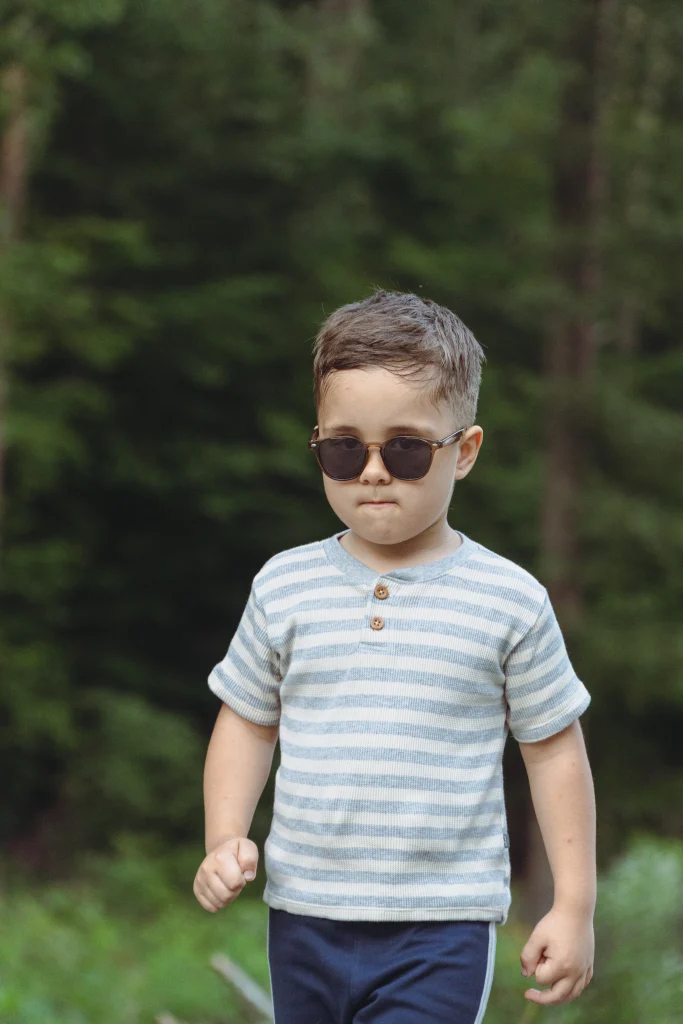
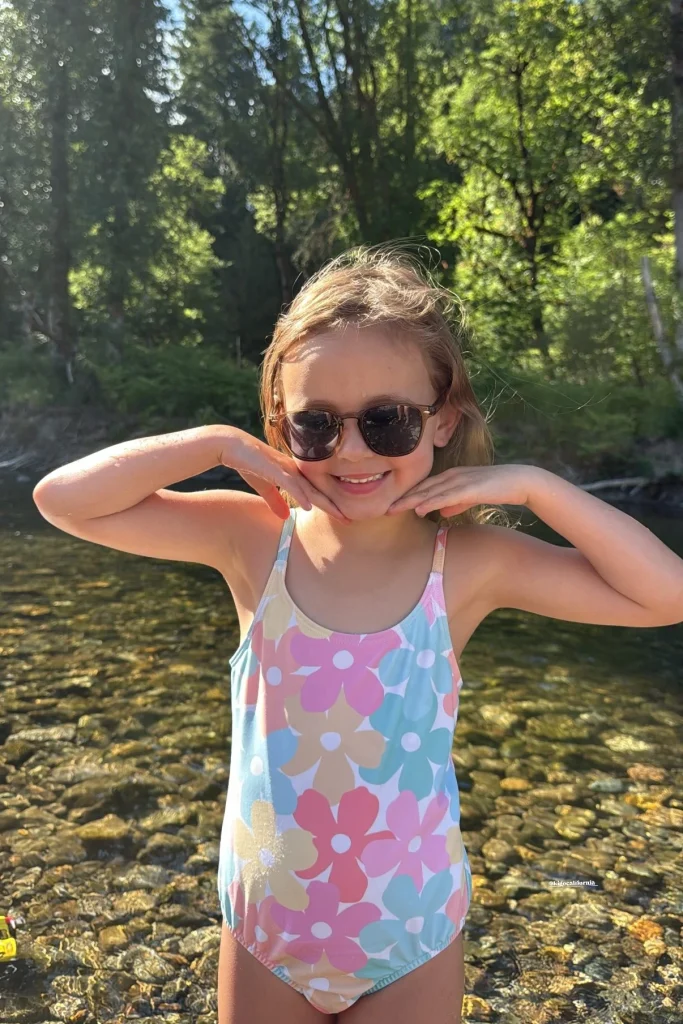
🧒 3–6 Years: Fun, Flexible, and Kid-Approved
At age 3 and up, kids begin to express preferences—and that includes their sunglasses. For children aged 3 to 6, it’s all about combining function with fun. Look for features like:
– Soft rubber temples and impact-resistant lenses
– UV400 protection for daily outdoor use
– Fun, colorful designs that kids want to wear
– Polarized options for extra glare reduction
Glasses for two year olds and kids around age 3 should still prioritize comfort and lightweight frames, while also introducing more variety in style.
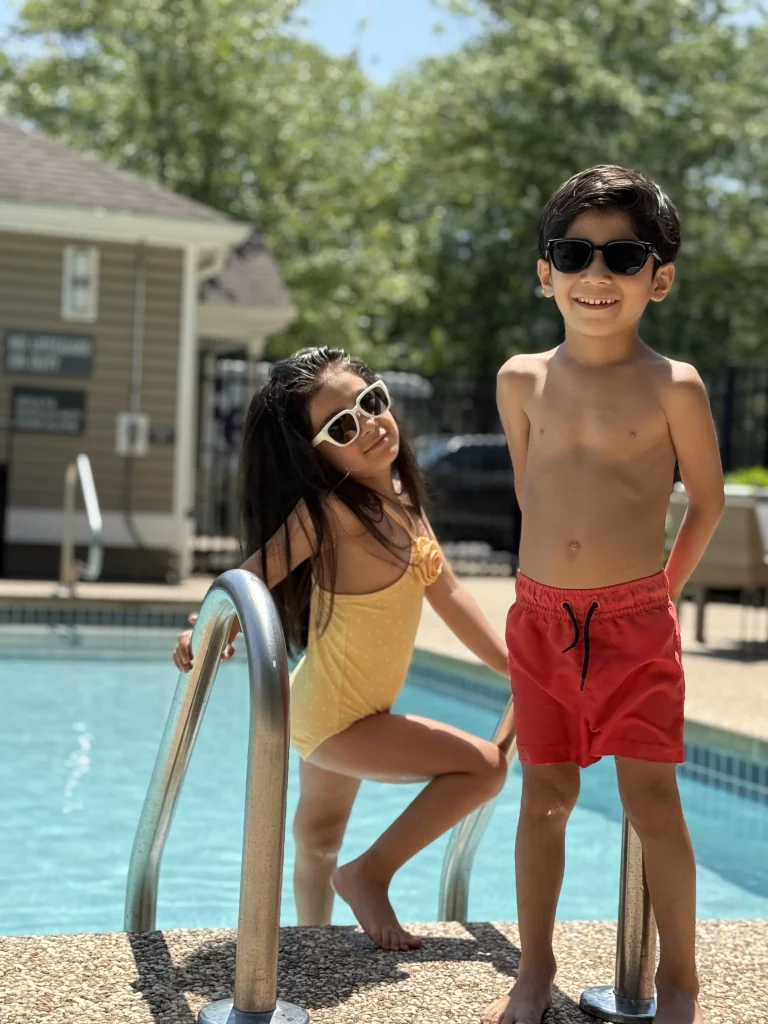
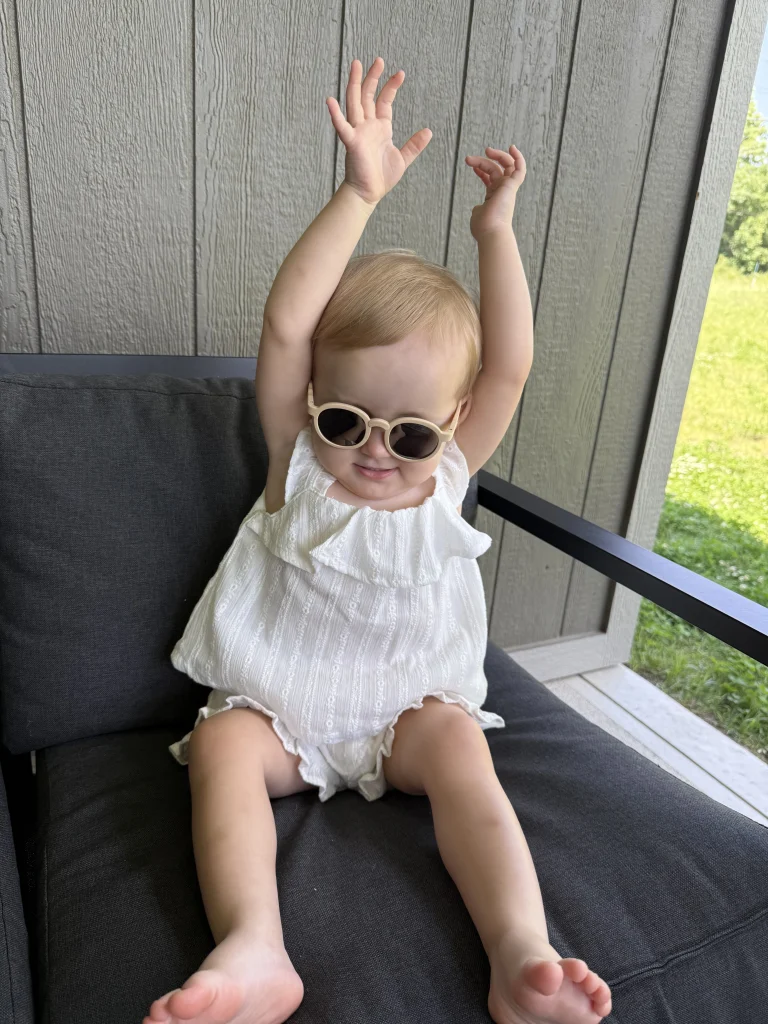
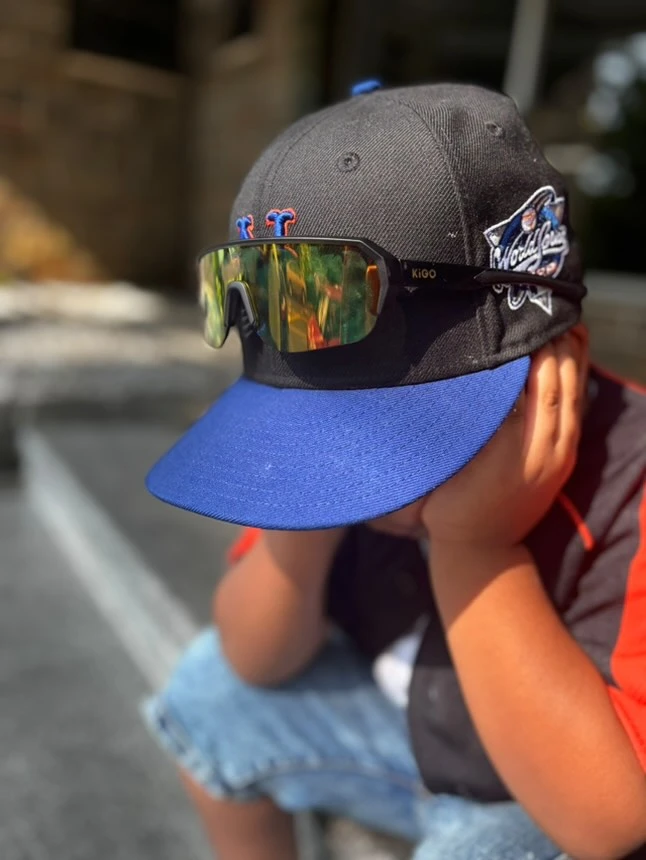
🕶 6–9 Years: Cool, Confident, and UV-Protected
Children aged 6 to 9 are in that in-between phase—still playful, but more concerned with how they look. This is a great time to:
Introduce sports sunglasses with rubber grips
Upgrade to polarized lenses (especially for beach, snow, or water sports)
Use sunglasses as part of their outdoor routine
Look for kids polarized sunglasses for 7 or 8-year-olds that are stylish, safe, and certified for UV400 protection. Mirror lenses and bold shapes appeal to this age group.
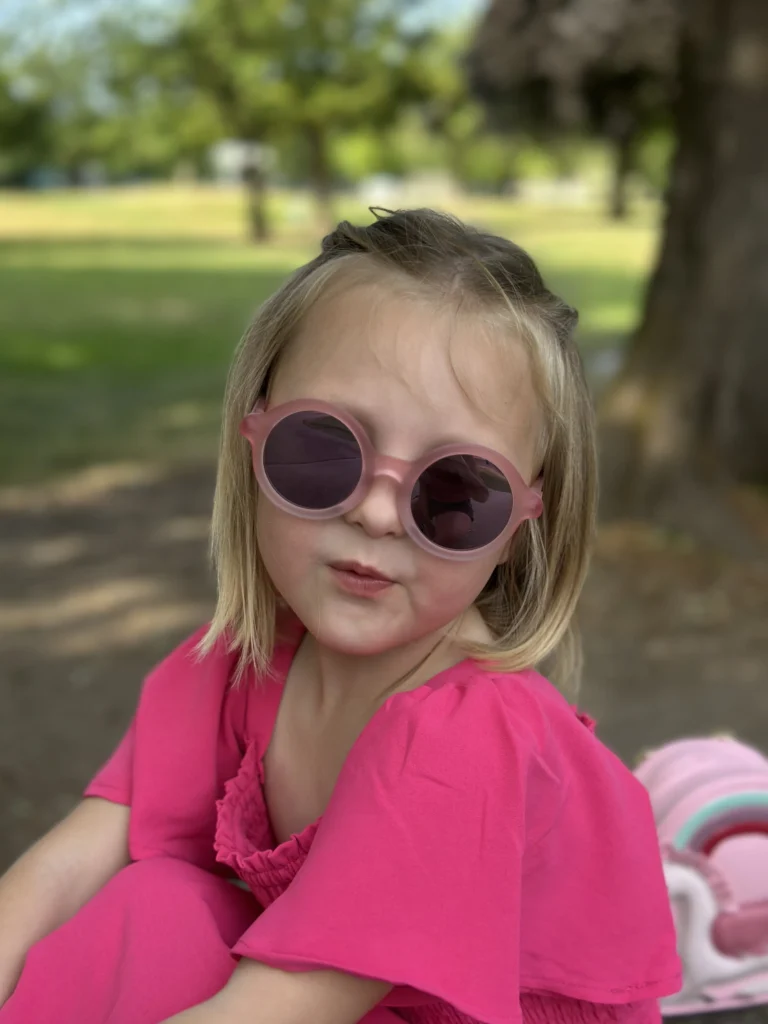
👦👧 6–12+ Years: Style Meets Durability
Older kids—from 6 to 12+—tend to be more active and fashion-aware. Whether it’s for sports, school outings, or vacation, sunglasses at this age should be both stylish and tough. When choosing sunglasses for 10-year-olds or tweens, consider:
– Polarized lenses to reduce glare, especially near water or snow
– Sleek, grown-up designs that mimic adult styles
– Sturdy, shatter-resistant frames
– Adjustable nose pads for a better fit
Pre-teens want sunglasses that reflect their personality, so now’s the time to let them explore trendier designs—while ensuring eye protection remains a priority.
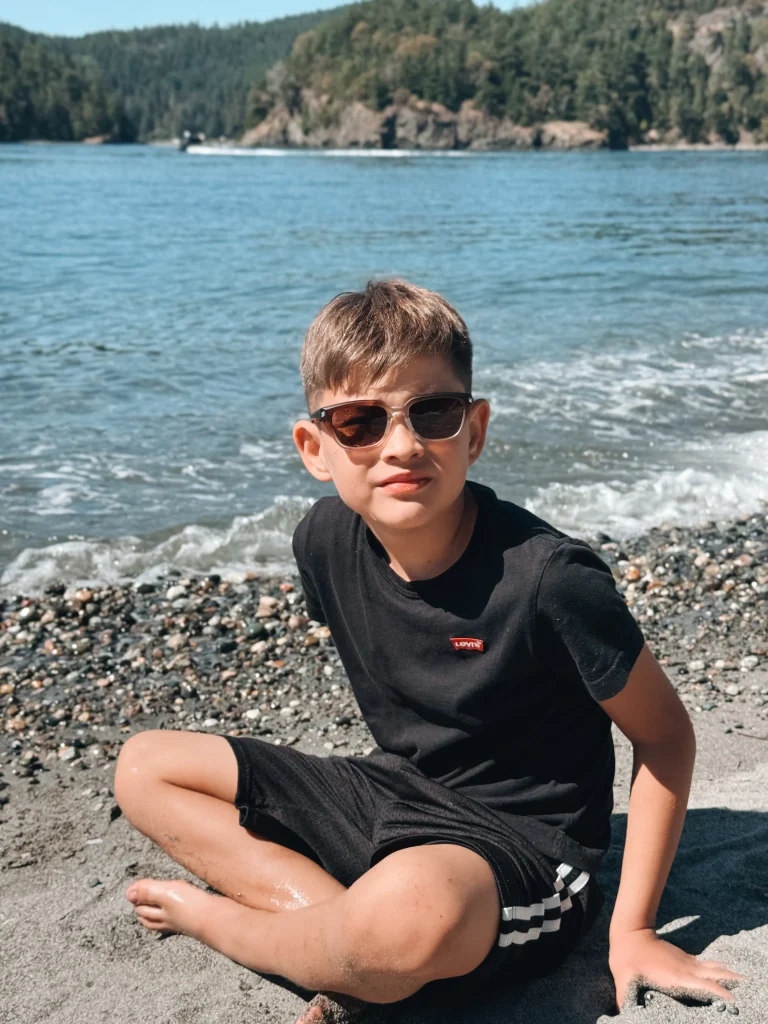
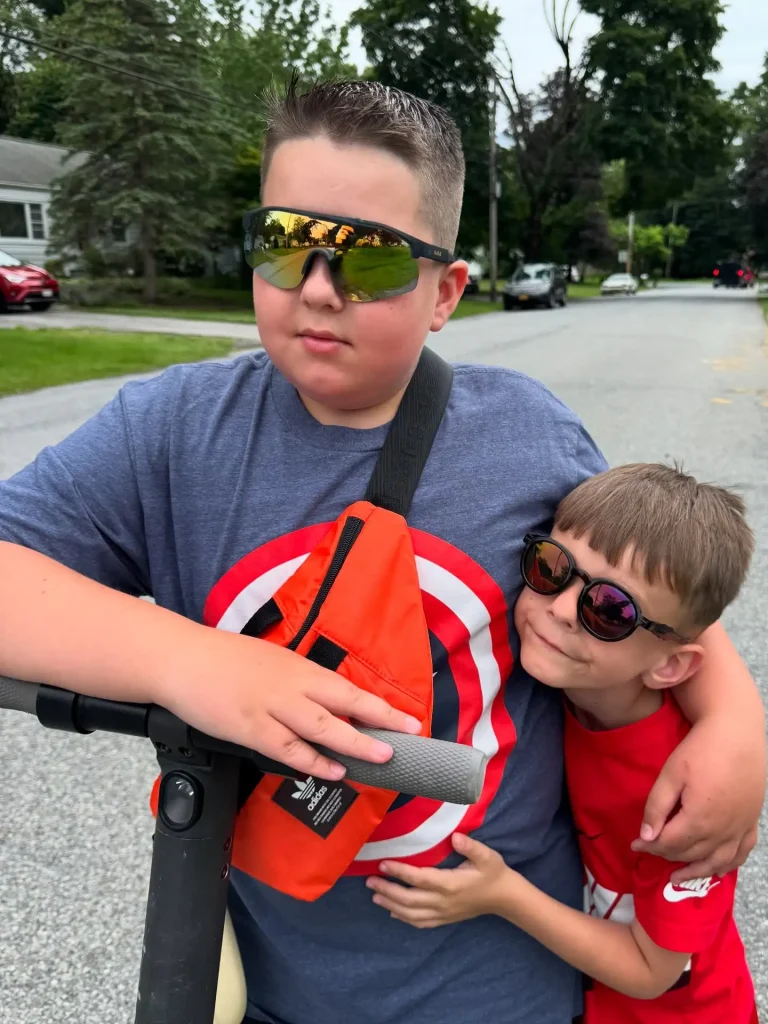
🧑🎓 12+ Years: Tween & Teen-Approved Styles
Once kids hit 12 and older, they’re practically ready for adult sunglasses—but still need youth-specific fit and materials. At this stage, they want:
Minimalist, fashion-forward styles
UV400 or polarized lenses (non-negotiable)
Adult-like brands or lifestyle aesthetics
Durable materials like TR90 or flexible nylon
Collections marked as 12+ are perfect for this group. Whether it’s aviator, wayfarer, or wraparound designs, the key is balancing comfort, quality, and style.
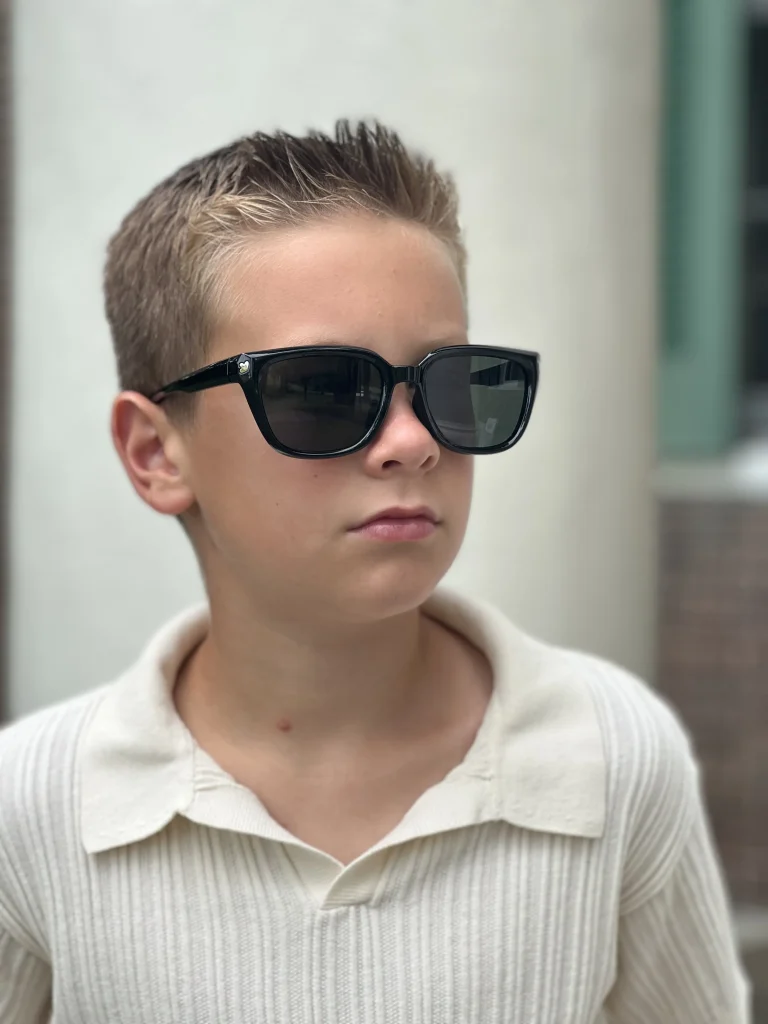
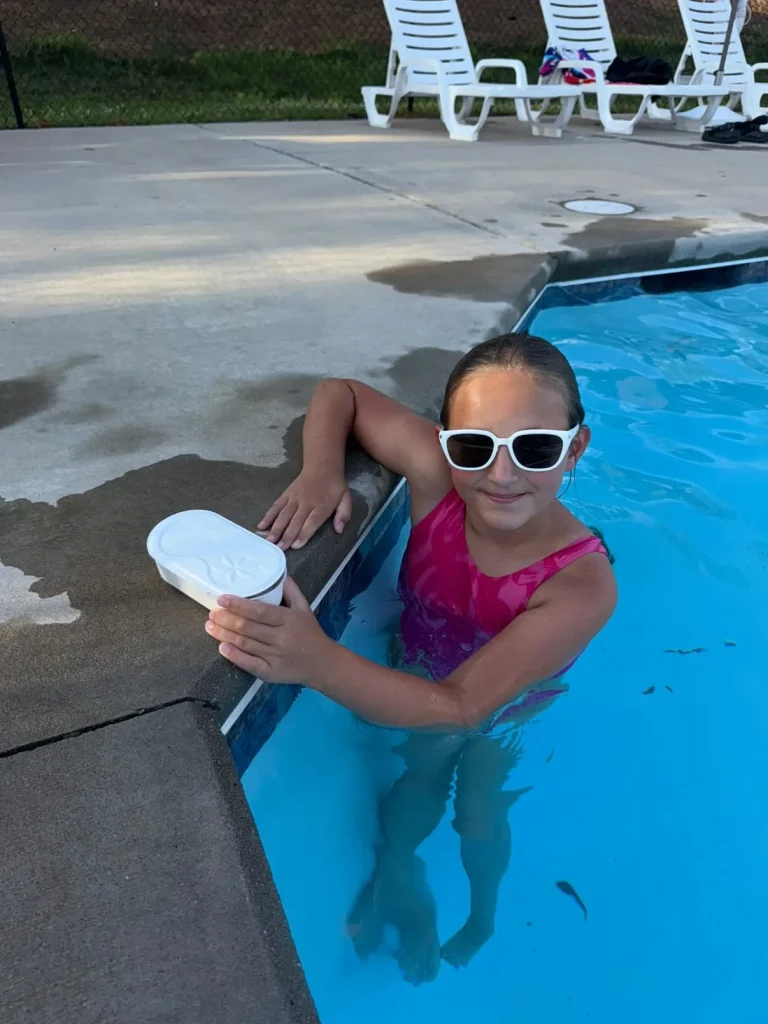
📌 Final Tips
Every age has different needs when it comes to sunglasses. From soft baby shades to sporty polarized styles for tweens, the right pair can protect your child’s eyes while making them feel confident and cool. Ready to find the perfect fit? Browse our age-based recommendations and give your child the gift of sun-safe style!
❓ Frequently Asked Questions
Q: When should my baby start wearing sunglasses?
A: Babies can start wearing sunglasses as early as 6 months old. Make sure the glasses are soft, flexible, and offer 100% UV protection.
Q: Are polarized sunglasses better for kids?
A: Yes! Polarized lenses reduce glare from surfaces like water, sand, and snow—making them ideal for active kids aged 4 and up.
Q: Can a 12-year-old wear adult sunglasses?
A: Some adult sunglasses may fit older kids, but youth-specific designs provide a better fit and comfort for smaller faces.
How to Encourage Kids to Wear Sunglasses
You finally find the perfect pair of kids sunglasses—adorable, comfortable, and protective. You put them on your child, and within seconds… off they go! 😅
🎃 Top 10 Halloween Gift Ideas for Kids (2025 Edition)
Make This Halloween Fun, Safe, and Full of Surprises Halloween isn’t just about candy anymore — it’s about creating magical memories and giving kids something
Why Does Kid Rock Wear Sunglasses?
Kid Rock is rarely seen without his sunglasses. Whether he’s rocking out on stage or walking a red carpet, shades are his trademark. But why
